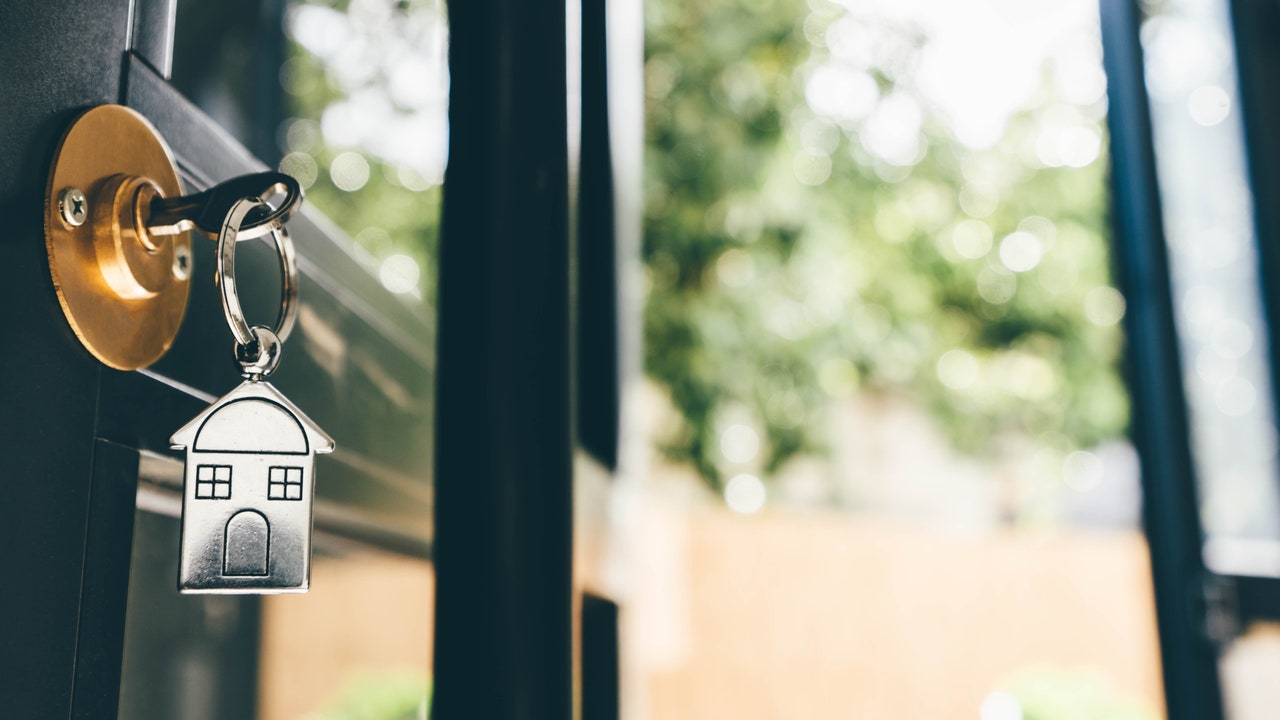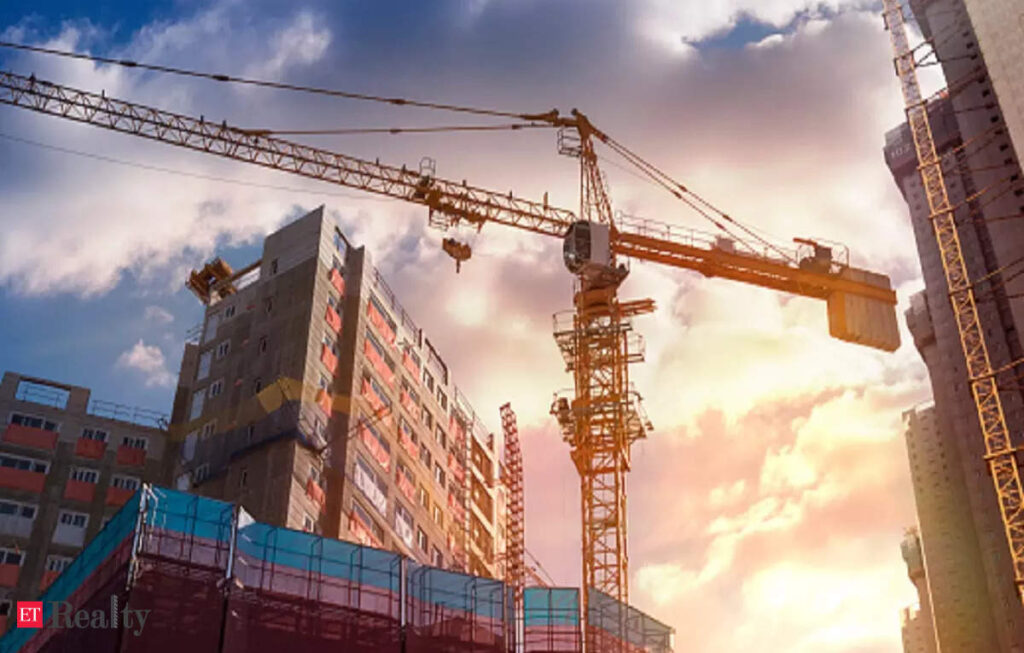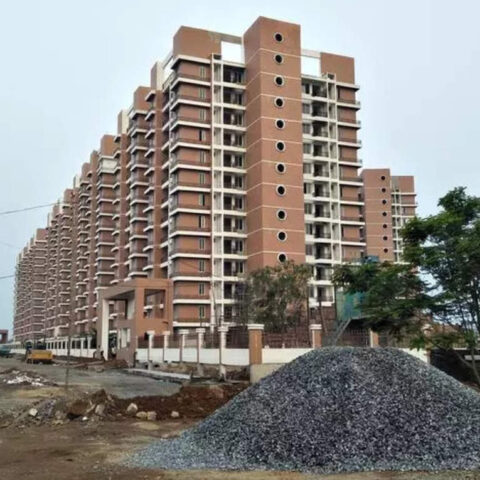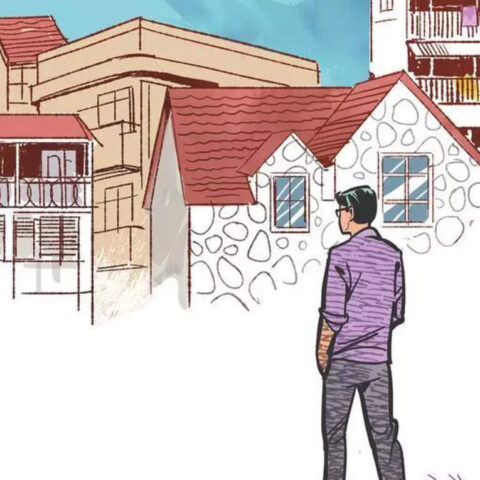“Both buyers and sellers should be getting more accustomed to our new mortgage rates—who knows if we’ll ever get as low as 3% again—and be more comfortable with what they can afford,” says Kuba Jewgieniew, CEO of Realty ONE Group.
It also means that, understandably, the people who locked in those lower mortgage rates don’t want to go back to paying high interest rates, which they’d have to do if they sold the homes they’re in now to buy new homes at current interest rates. “Borrowers who secured a 3% rate during the pandemic will be reluctant to sell and rebuy when current rates are upwards of 6 and 7%,” Brian Shahwan, vice president and mortgage banker at William Raveis Mortgage, says. “Until mortgage rates come down to a level they are comfortable giving up a lower rate for, this could turn into a lack-of-inventory problem, as we’ve recently seen. It’s important to understand that lower rates may create bidding wars and drive prices up, as well.”
Current homeowners’ reluctance to sell is dovetailing with the fact that, nationally, Americans are facing a housing shortage—there simply aren’t enough homes for everyone to buy. That’s kept home values from coming down to more affordable purchase prices for many.
So what’s that mean for you? You have to find the specific mix of mortgage rates, available housing, and level of risk that’s right for you. “There is no specific threshold of rates that favor buyers as a whole—it’s very specific to each person’s situation,” Shahwan says.
What are the upsides and downsides of waiting to buy?
Like investing in the stock market, sometimes it’s better to wait to buy and sometimes the best time to buy is right now—but you never know which is which until the moment has long passed. “Ultimately, no one is great at timing the market,” McCormack says. “We do not control the market, nor do we have a crystal ball. And while there are market indicators that can provide some insight regarding forecasts, they’re still, ultimately, just guesswork.”
Of course, you should never rush into buying a home, especially if you haven’t gotten all your ducks in a row. “If it’s not an urgent need, there may be benefits to waiting,” McCormack says. “Mortgage rates may fall, more inventory may become available.“
But, at the same time, if you wait too long, you could be missing out and putting yourself in a worse position once you really are ready to pull the trigger. “If you wait until the market shifts, you may find yourself competing with a lot of other buyers, which may drive the price higher,” McCormack says. “Ultimately, we recommend buying when you find the house you really want and refinance when the rates come down. You may temporarily pay more because of the rate, but if you wait and the price jumps up significantly, your net outcome may be even less appealing.”
“Many people think of high interest rates and low inventory as a terrible time to buy, but this could actually be a great time for the right buyer,” Shahwan says. “If market rents are high, investors may want to capitalize on purchasing an investment property to make as much ROI as possible. Or borrowers with substantial assets may want to put a larger down payment to offset higher monthly mortgage payments. It’s all in how you look at pros and cons.”
People in many housing markets actually have a nice window right now where there’s less competition for homes on the market, few as they may be, Jewgieniew says. “There are fewer buyers right now, which means, in low inventory markets, there’s less of a chance of bidding wars or multiple offers,” he says. “If buyers wait to buy until the spring and summer months, you’ll definitely have more competition, especially in the more desirable neighborhoods and for the more desirable homes.”









